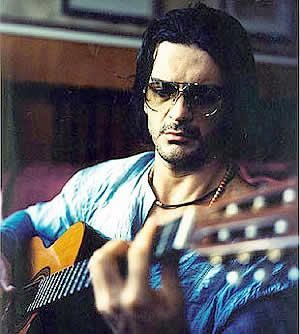 Like many other concepts, that of diachrony must be understood in opposition to its opposite, synchrony. Thus, in the study of linguistics, synchrony is the analysis of language in a specific time stage, while diachrony is the study of language through the passage of time. Both concepts were developed by the linguist Ferdinand de Saussure in the 19th century.
Like many other concepts, that of diachrony must be understood in opposition to its opposite, synchrony. Thus, in the study of linguistics, synchrony is the analysis of language in a specific time stage, while diachrony is the study of language through the passage of time. Both concepts were developed by the linguist Ferdinand de Saussure in the 19th century.
The border between diachrony and synchrony is not as obvious as it may seem at first glance, because when we know the meaning of a word we can ask ourselves what its history is.
Diachrony, synchrony and anachrony
The synchronous study of the language can be carried out at different levels or planes: morphological, syntactic, lexical, semantic or etymological. With the diachronic approach, the historical and evolutionary perspective is introduced and, therefore, a language is analyzed as if it were a living reality subject to permanent changes.
On the contrary, in the synchronic analysis, a linguistic phenomenon is analyzed from the elements that make it up and regardless of its temporal dimension. In other words, in synchrony it is irrelevant where a term comes from, while in diachrony the fundamental thing is the evolutionary knowledge of the linguistic phenomenon (for example, the different meanings that a word has acquired throughout history).
On the other hand, there is also an anachrony, which occurs when there is a chronological alteration in communication (in a story there is an anachronism when an element of the narrative does not belong to the historical moment that is explained).
Diachronic and synchronic analysis of the word friendship
If we analyze the term friendship from the synchronic perspective, the following can be said: 1) it is a feminine noun and 2) in terms of its meaning, it refers to the relationship of affection between people. On the other hand, in a diachronic analysis the very history and evolution of the concept can be dealt with: friendship in the Greeks, in the Romans, in the Middle Ages and in today's world.
Diachrony and synchrony in advertising language
 In the advertising strategy there is a diachronic approach when the time factor is part of the advertising spot. For example, when an advertisement compares the present with the past or when a story is told with a beginning and an end.
In the advertising strategy there is a diachronic approach when the time factor is part of the advertising spot. For example, when an advertisement compares the present with the past or when a story is told with a beginning and an end.
On the contrary, a synchronous approach to a spot occurs when the characteristics of a product are explained regardless of the time factor (for example, its quality, its price and its main characteristics are shown).
Photos: Fotolia - aSuruwataRi / underworld









